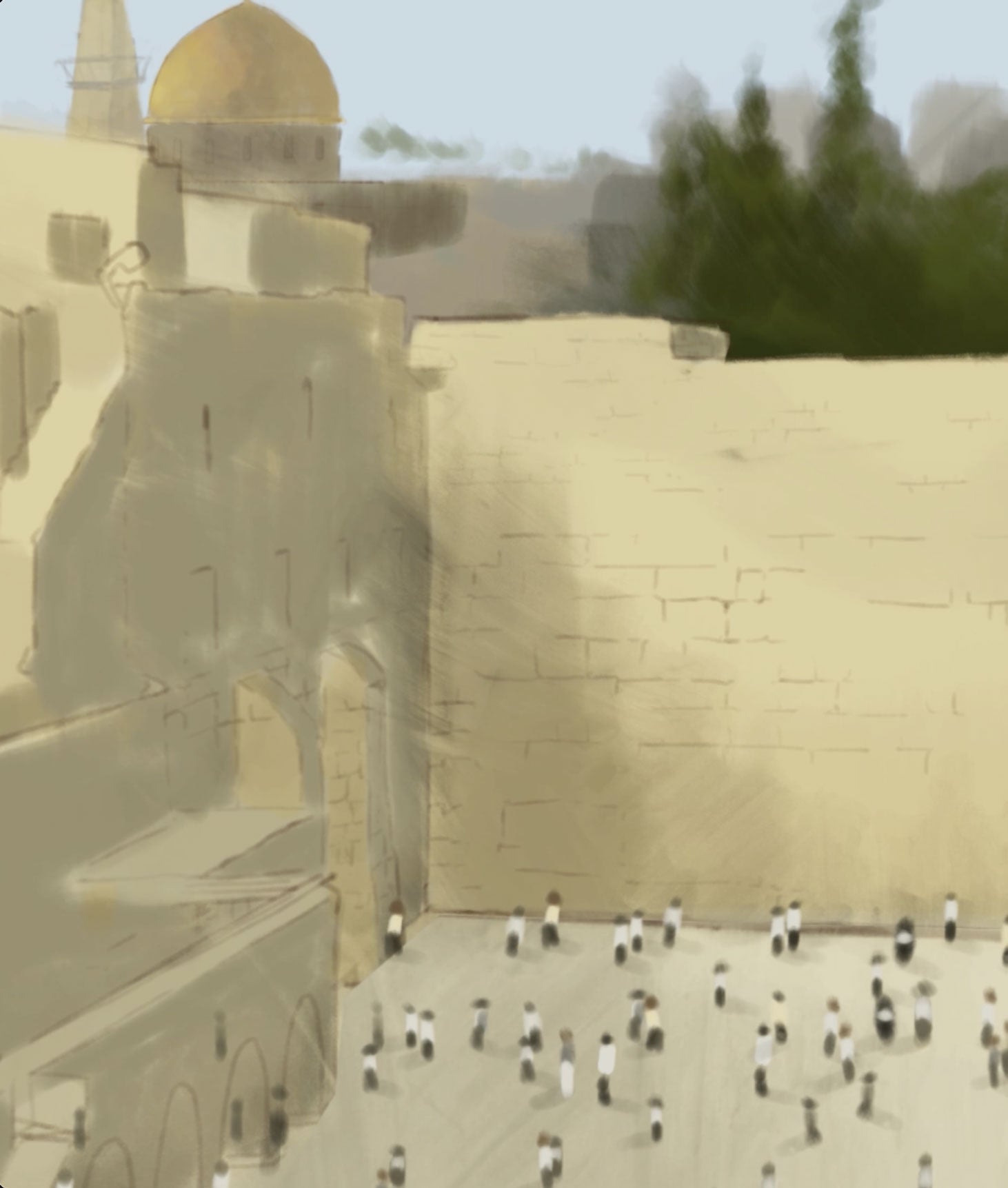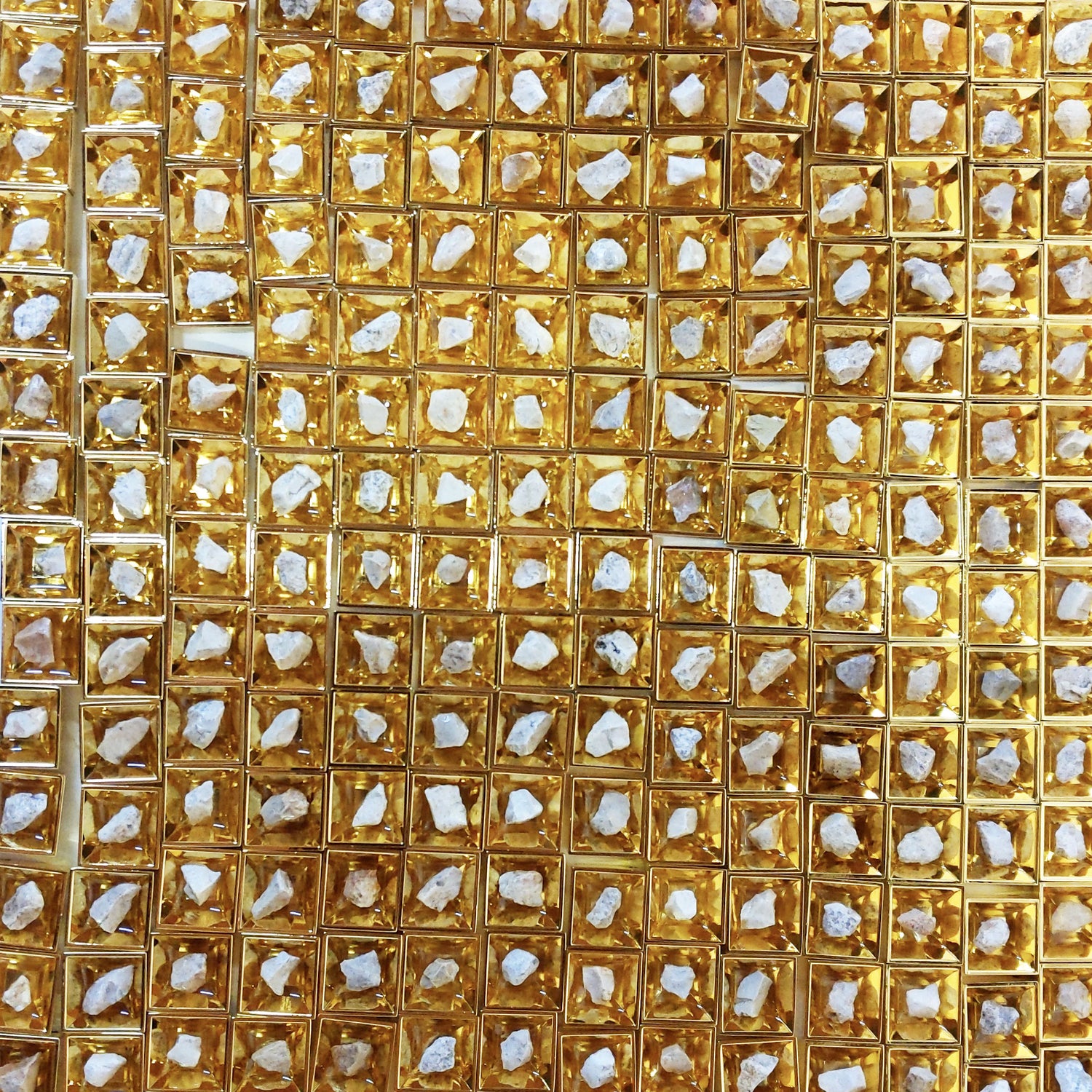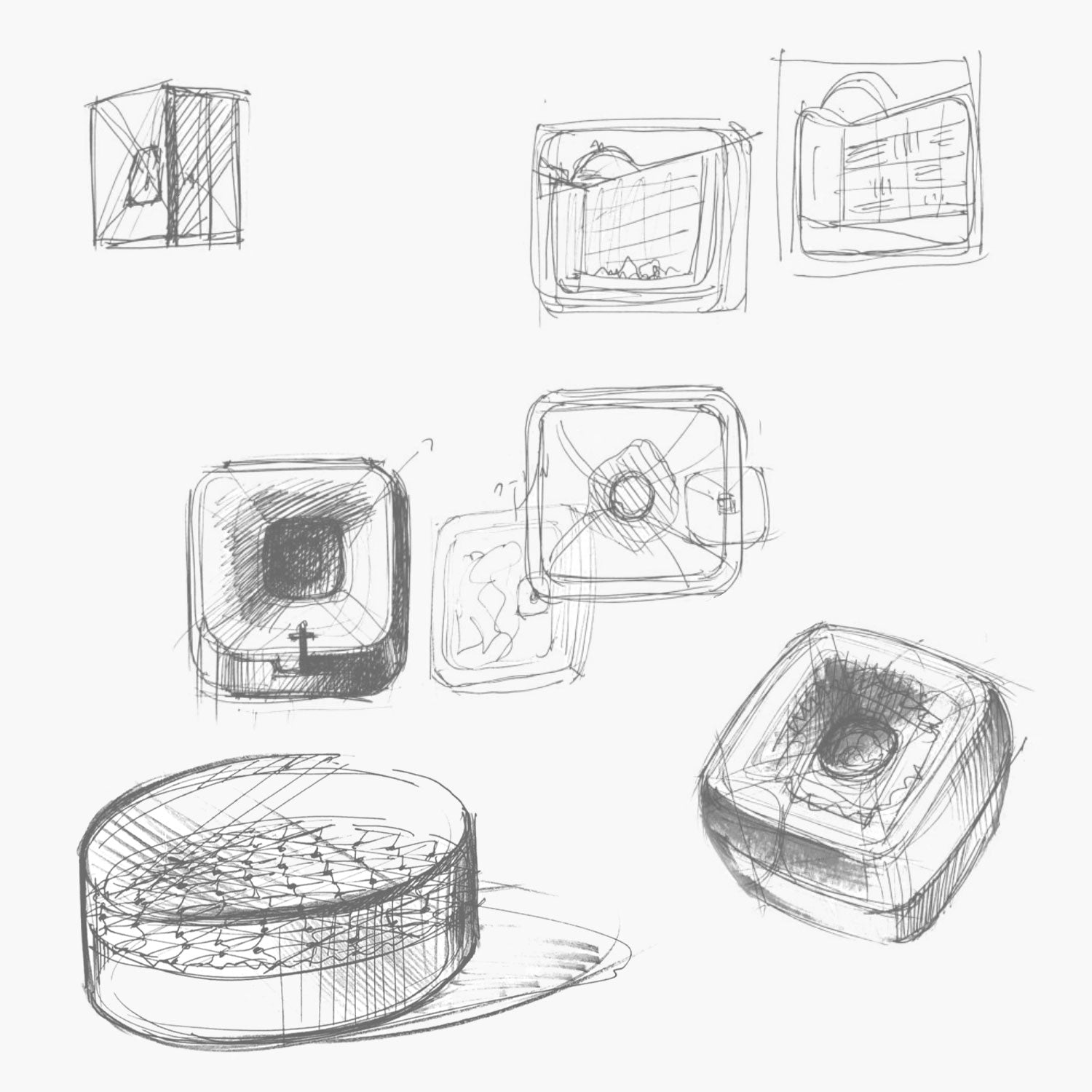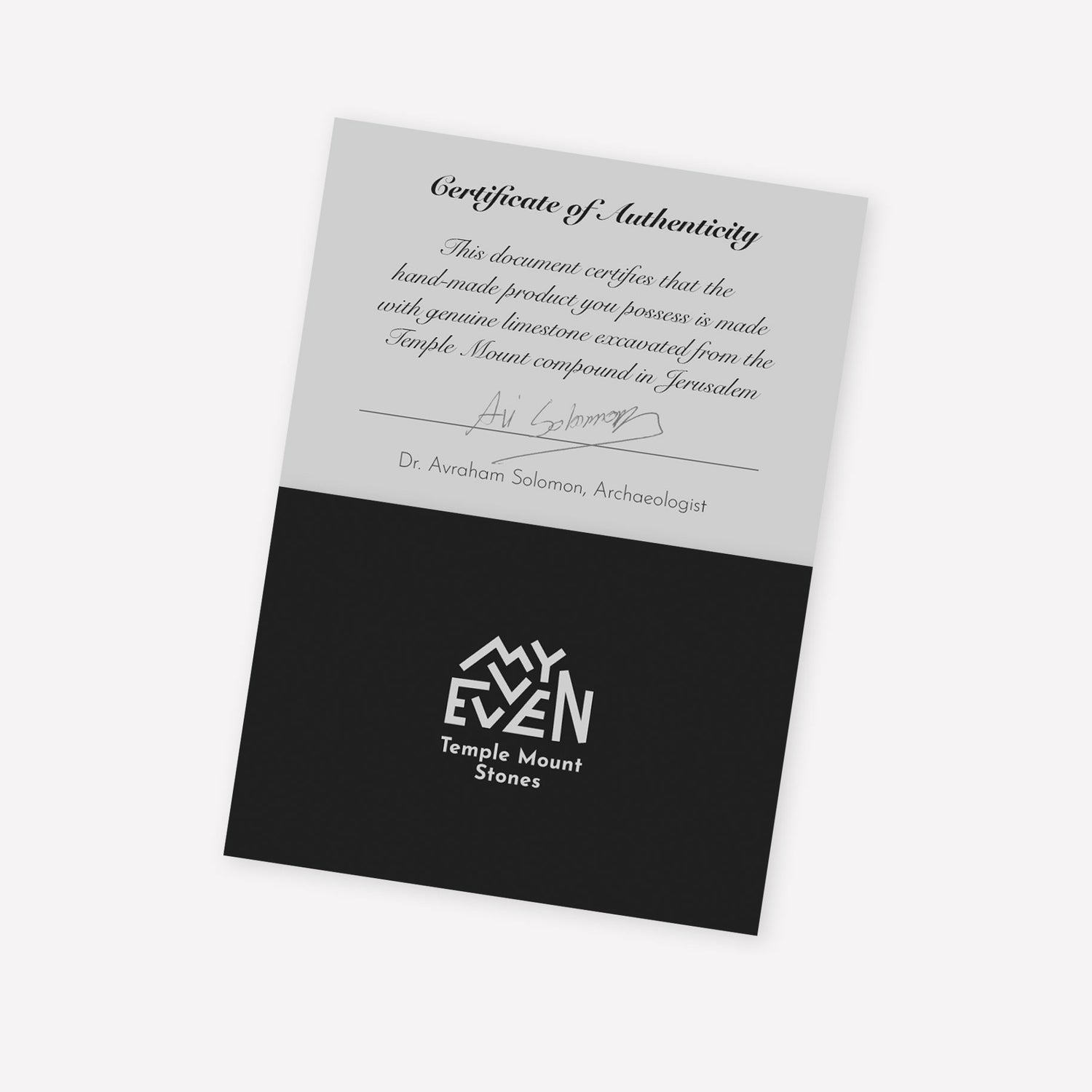Our Mission

The magnificent Temple Mount in Jerusalem has been a symbol on earth of God’s glory and presence for over 3,000 years, and today it is the crossroads of the three great monotheistic religions of Judaism, Christianity, and Islam. It is the site where Abraham nearly sacrificed his son, Isaac, to prove his faith. King Solomon built the First Temple on this mountaintop about 960 B.C., only to have it torn down nearly 400 years later. In the first century B.C., Herod expanded the Second Temple, turning Jerusalem, according to Pliny the Elder, into “...by far the most famous city, not of Judea only, but of the East.” Here, Jesus Christ lashed out against the money changers in the Temple, and was later crucified only a few hundred yards away. This amazing Temple was then destroyed by the Romans in A.D. 70.
A territorial prize occupied or conquered by a long succession of peoples, including Babylonians, Persians, Greeks, Romans, Byzantines, Umayyads, Abbasids, Crusaders, Ayyubids, Mamluks, Ottomans and British, the Temple Mount has seen more momentous historical events than perhaps any other piece of real estate in the world.
In the southeast corner of the compound, there are underground vaulted arches that have been known for centuries as “Solomon’s Stables”—due to their use as stables during the Crusader era of the 11th century. The Waqf (an Islamic council that currently controls the compound) converted the area into a mosque and excavated two arches to create a massive entranceway. In doing so, bulldozers removed soil, stones and antiquities from the very site where the Temple once stood and discarded this sacred material in a pile of debris.
A wealth of artifacts were found in the material removed from beneath the sacred compound, ranging from scarabs from the second millennium B.C., to the uniform badge of a British, WWI soldier. Examples include a bronze coin dating to the Great Revolt against the Romans (A.D. 66-70 ), bearing the Hebrew phrase, “Freedom of Zion,” a silver coin stamped with the image of the Church of the Holy Sepulchre, minted during the Crusader era of the 11th Century A.D., and an abundance of coins, ornamental crucifixes, and fragments of columns from Jerusalem’s Byzantine era (A.D. 380–638). Following the removal of the artifacts from the debris pile, the remaining material and stones were left forever to be forgotten.
As people of faith, we believe these ancient stones have intrinsic value. Speaking in reference to Zion, the author of Psalm 102 wrote, “For Your servants take pleasure in her stones, And show favor to her dust” (Psalm 102:14). We love these stones because they bear witness to the momentous, historic, and divine events that took place at this holy site. They stand as a testimony to the faithfulness of God to us through the ages. We feel privileged to have these stones now in our possession, and we want to share them with you and with others around the world.
What We Do

We carefully collect and sort the stones removed from the Temple Mount, under the stringent supervision of Dr. Avraham Salomon, a well-known archaeologist, who has carried out archaeological excavations in the Old City of Jerusalem and the Western Wall Tunnels for more than 20 years. The stones are placed in decorative settings that emphasize their significance and are a beautiful way to wear, carry, or display them at your home or office.
We collect natural stones and use them to create unique and inspiring pieces. We do not process the stones or reshape them. Therefore each creation is one-of-a-kind. You can be sure that no identical item exists on earth.
Part of the work is performed by individuals with diverse developmental challenges such as autism. This is done in cooperation with Israel Elwyn https://israelelwyn.org.il/ as part of their goal to enhance the lives and well being of Israelis who face these challenges.
The Process

The design of the frame corresponds with ancient Jewish elements and focuses the viewer’s glance on the stone. The design allows the viewer to almost touch the stone and to feel its unique surface and characteristics. The process and the structure was inspired by the famous story of Jacob’s ladder, leading to heaven, as described in Genesis 28.

Authenticity
Like most Judean hills, the Temple Mount is a hill made of limestone. One cannot distinguish between a stone from the Temple Mount and a limestone from anywhere else in Judea by just looking at it. In order to assure the authenticity of the stones, we teamed up with Dr. Avraham Salomon, who supervises the collection of the stones and verifies their authenticity. Each and every stone that leaves Israel for its new home comes with a certificate of authenticity signed by Dr. Salomon, assuring that you receive the real thing.
